An £8 million gem that is 'the sort of country house we all dream of', less than 90 minutes from London
Penny Churchill marvels at the genuinely delightful Chalcot House in Wiltshire.
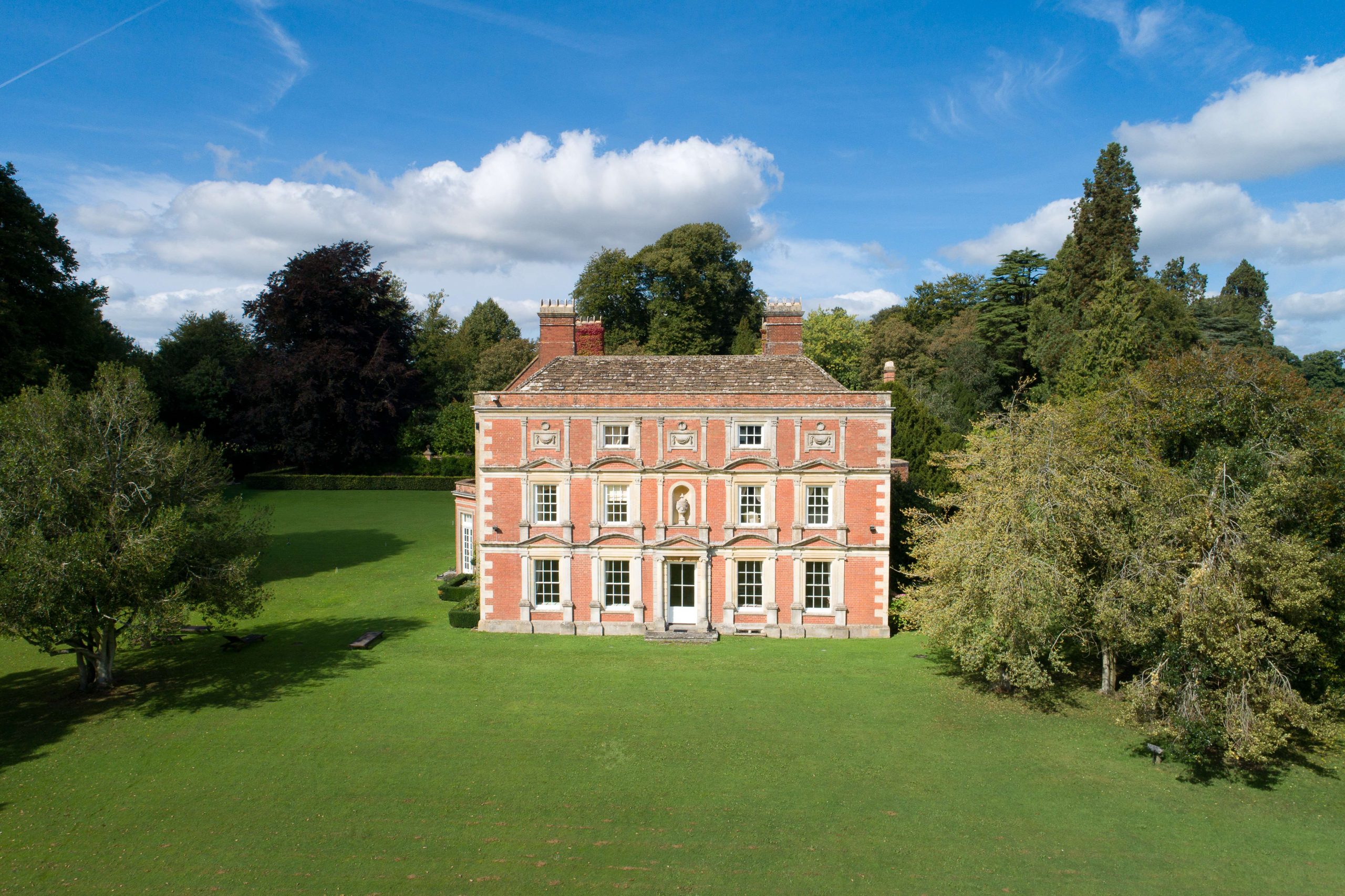

The signs are pointing towards a busy spring in the country house market — and the wonderful Georgian delight that is Chalcot House, at Dilton Marsh, near Westbury in Wiltshire, is setting the pace. Selling agent Oliver Custance Baker is already seeing a steady flow of enquiries from mainly London-based buyers for this Grade II*-listed house, despite the £8 million price tag, and it’s not hard to see why.
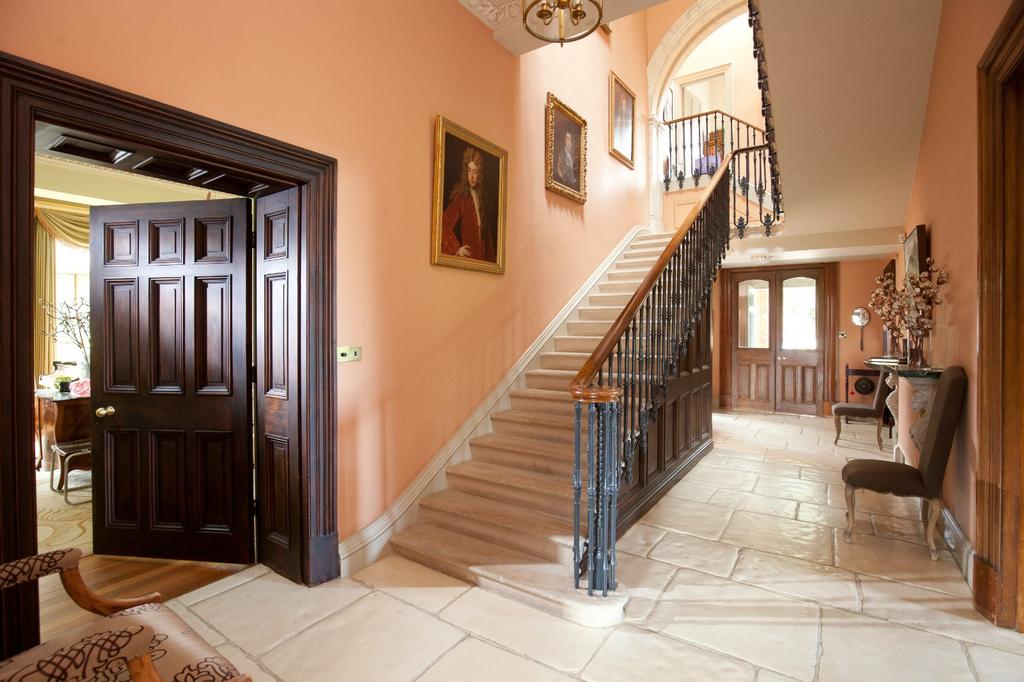
We took a quick look upon its launch three weeks ago and came to the conclusion in our round-up that 'from the drawing room with its grand piano in a bay window to the library, kitchen and wonderful hallways and landings, this is the sort of country house we all dream of'. Oliver was more concise in his listing, calling it simply 'the ideal country house'; either way, it seemed the time was right for a deeper dive.
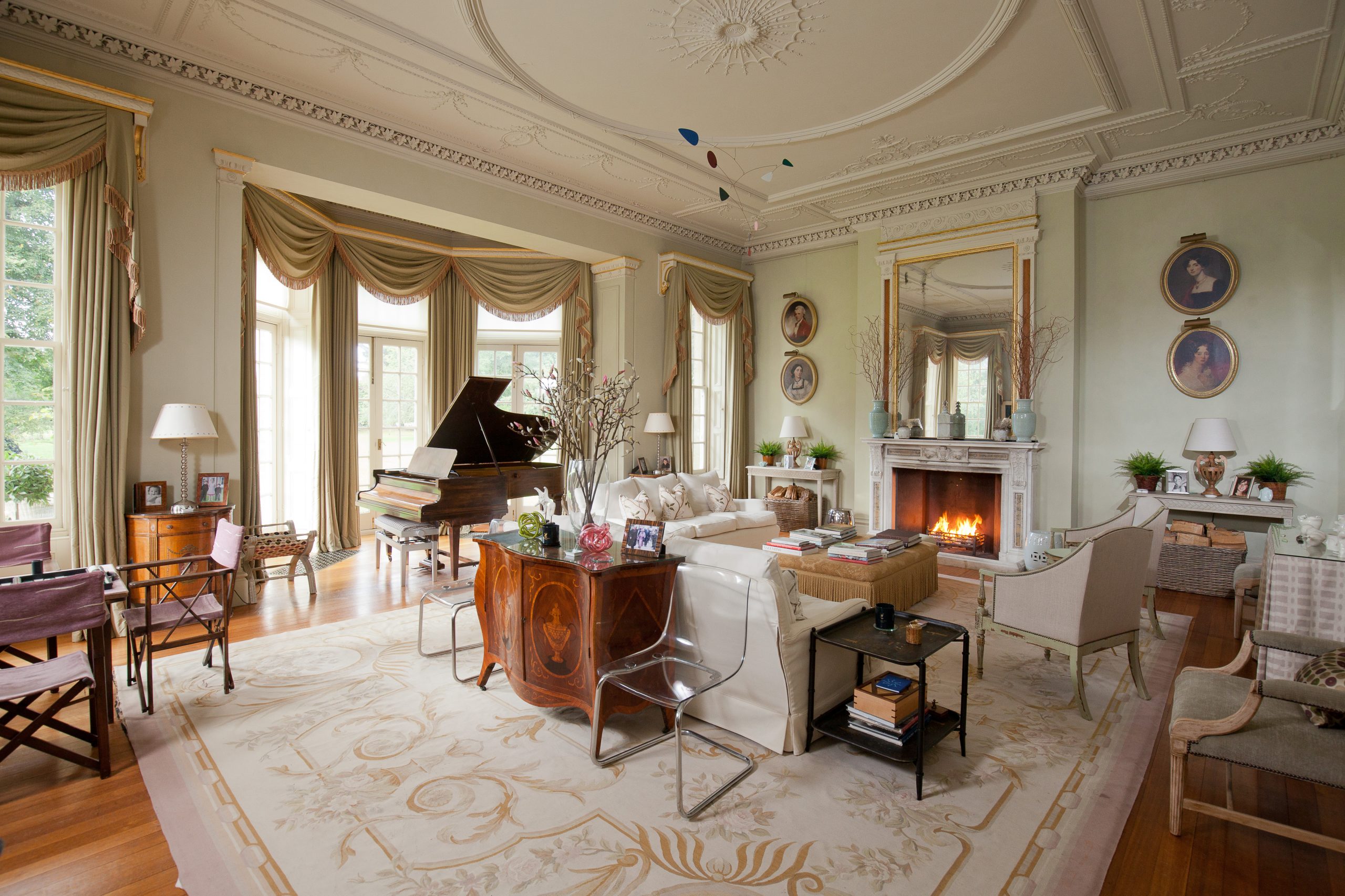
Set in 53 acres of gardens and parkland bounded by woodland to the south of the small village of Dilton Marsh, the house sits between Frome and Westbury on the Somerset/Wiltshire border. It’s the sort of place you’d see in a classic Merchant Ivory film adaptation, full of history, with plenty of land, and brilliantly accessible by both road and rail, with the main A303 not far away and direct trains from Westbury to London taking under 90 minutes.
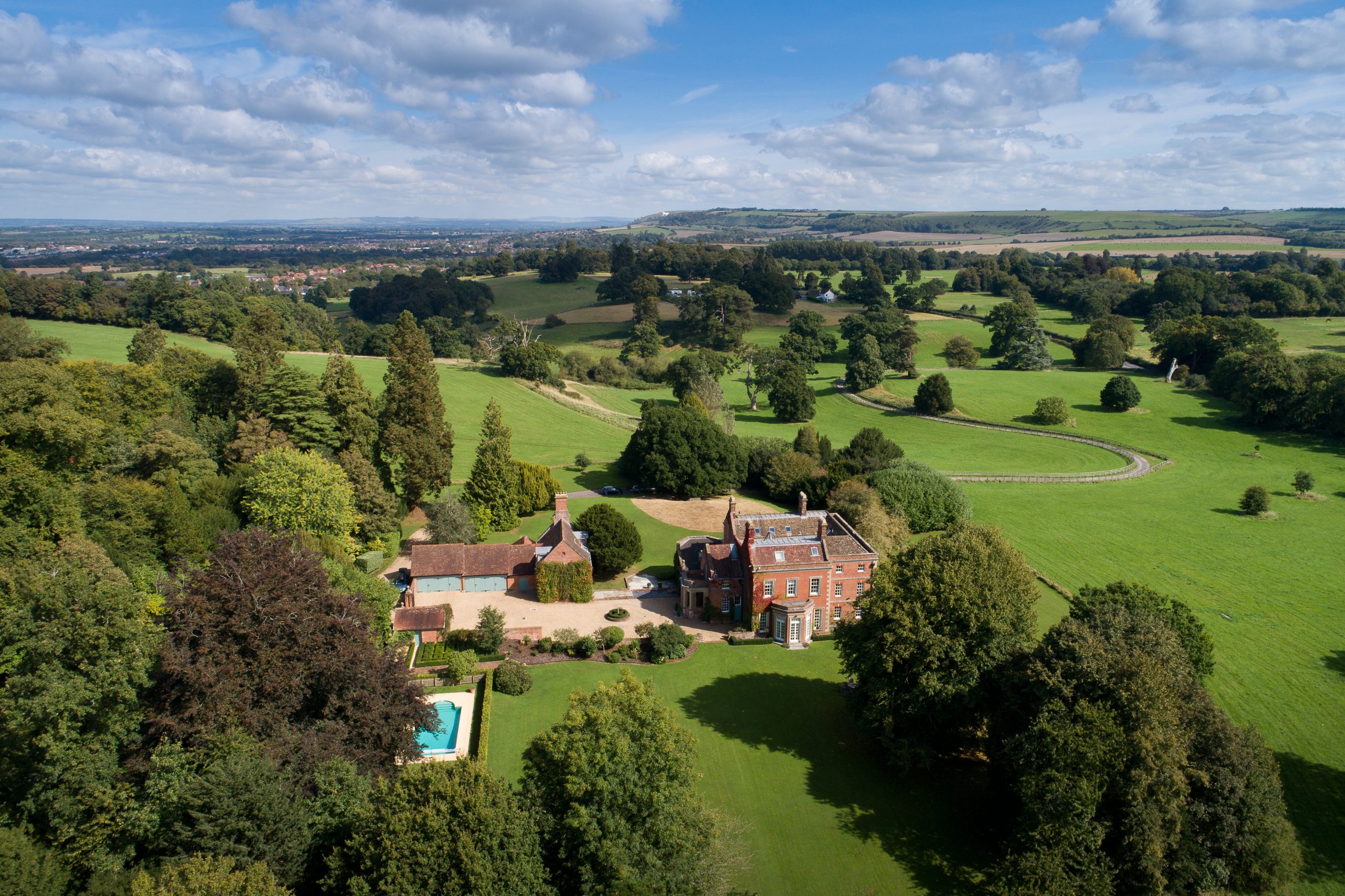
According to its Historic England listing, Chalcot House was built by the Phipps family in the early 18th century and incorporates part of a late-17th-century house, with late-18th-century additions. Further alterations were executed in 1872–76 by Victorian architect James Piers St Aubyn, for Charles Paul Phipps, at which time, the interior was extensively refitted, with the addition of the stair hall to the rear and new joinery and fireplaces throughout the house.
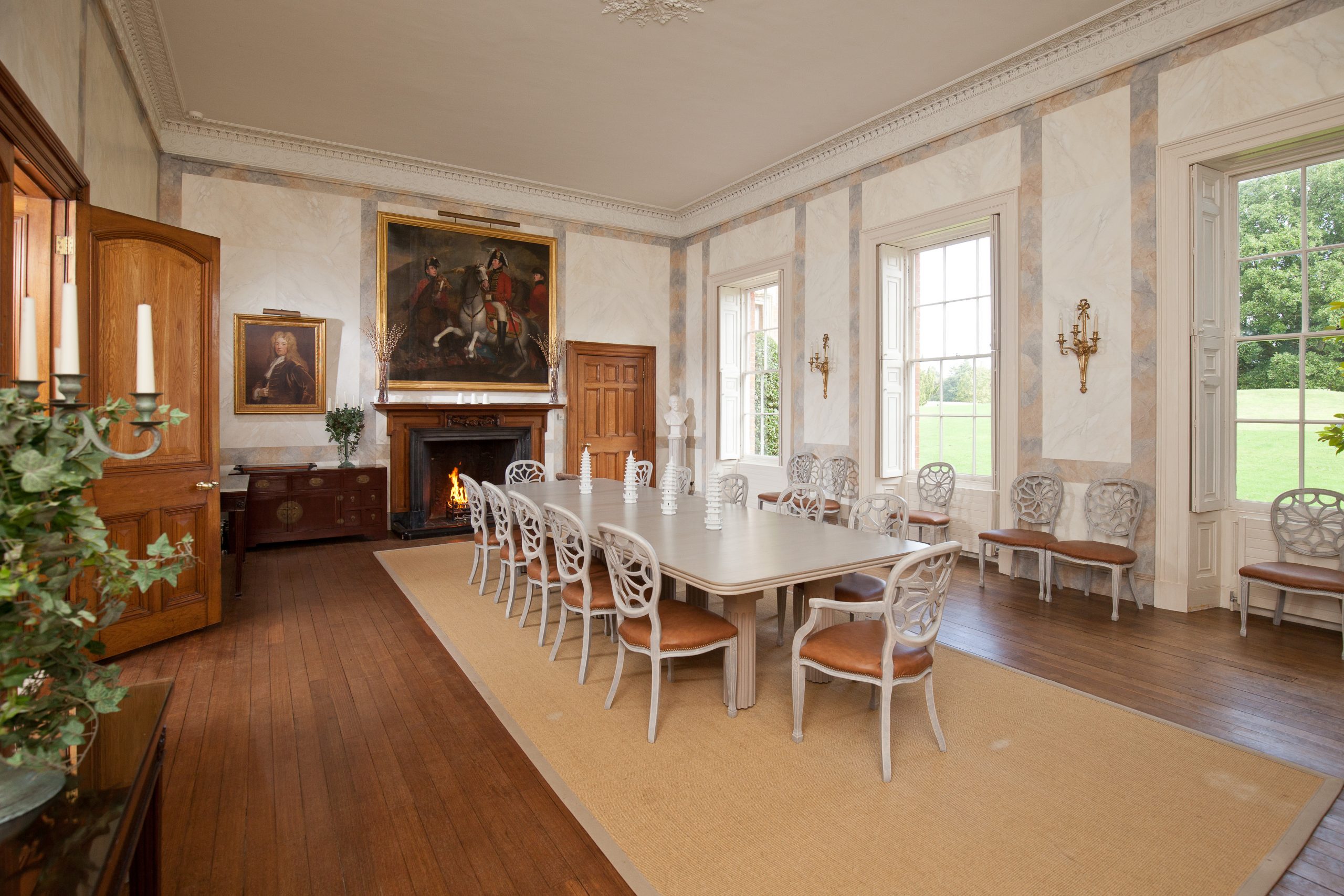
The present owners bought Chalcot House in 1998, and have carried on the good work of their predecessors. To this end, they have installed an efficient ground-source heating system and set about a significant programme of complete redecoration.
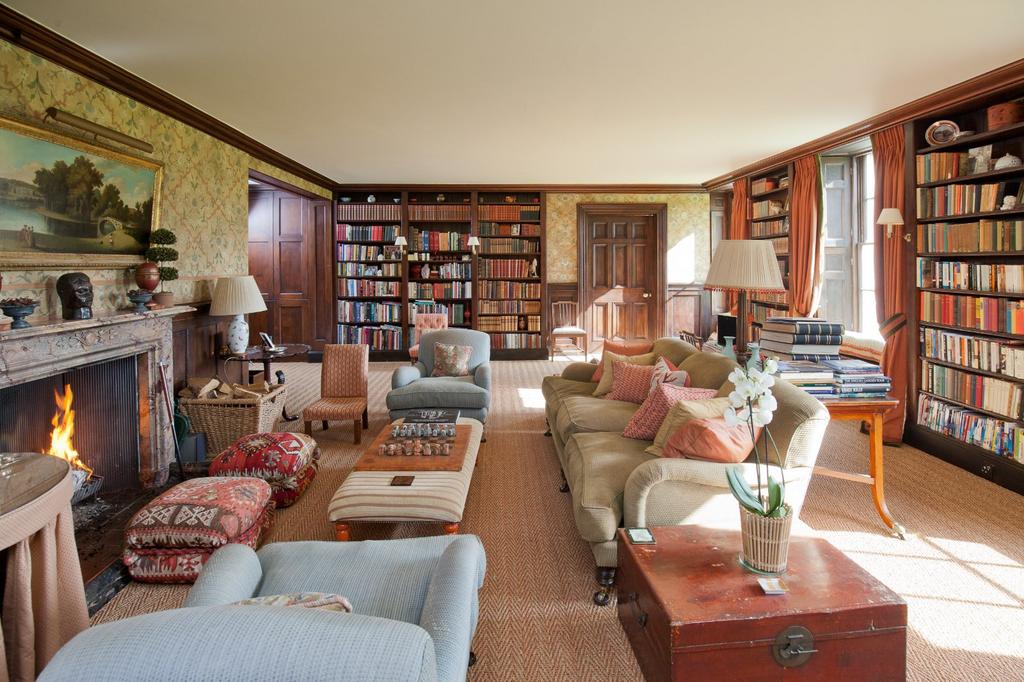
Approached over a long winding drive, which offers occasional glimpses of the spectacular south façade before arriving at an enclosed gravel forecourt on the north front, Chalcot House offers a manageable, 9,684sq ft of elegant accommodation on three floors.

There is a grand reception hall, central stair hall, three fine main reception rooms, a study, kitchen/breakfast room and domestic offices on the ground floor. Below, a cellar houses a wine cellar/gunroom, laundry and boiler room, and a playroom/fitness room. For those wanting more sporting opportunity, there is also a tennis court and a lovely pool.
Sign up for the Country Life Newsletter
Exquisite houses, the beauty of Nature, and how to get the most from your life, straight to your inbox.

Climb the first flight of stairs and you’ll find principal and guest bedroom suites, plus three further guest bedrooms with bathrooms on the second floor.
Merely calling them 'bedrooms' seems a bit of a cheek, since many are quite large enough to host an Under-11s cricket match.
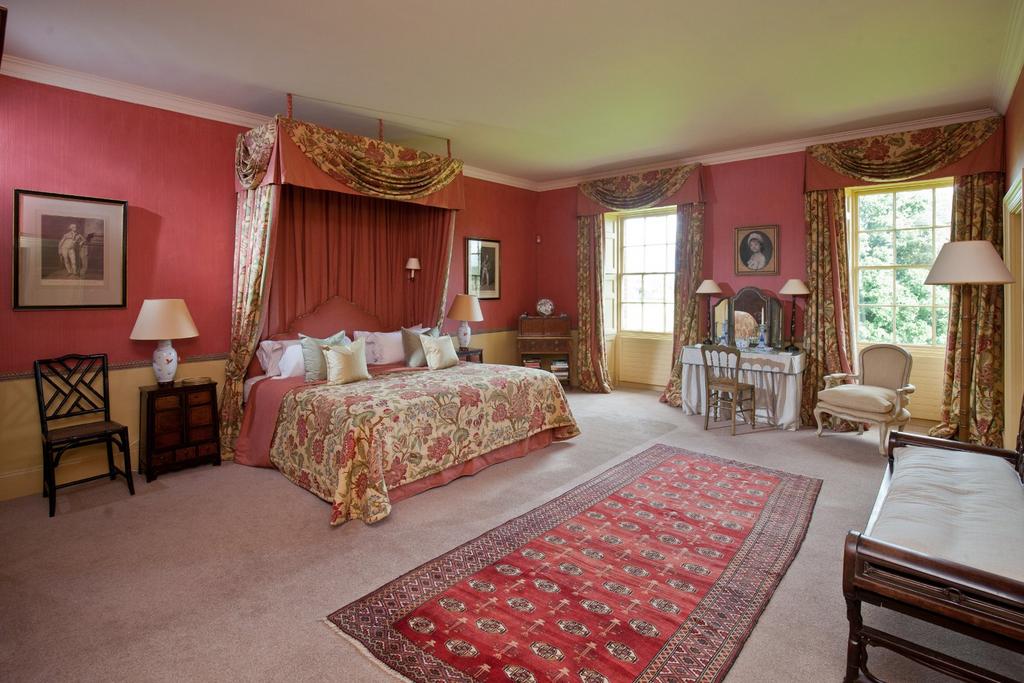
There are six further bedrooms and three bathrooms on the floor above, but if all that still leaves you short of space, further accommodation is available in a comfortable two-bedroom cottage.
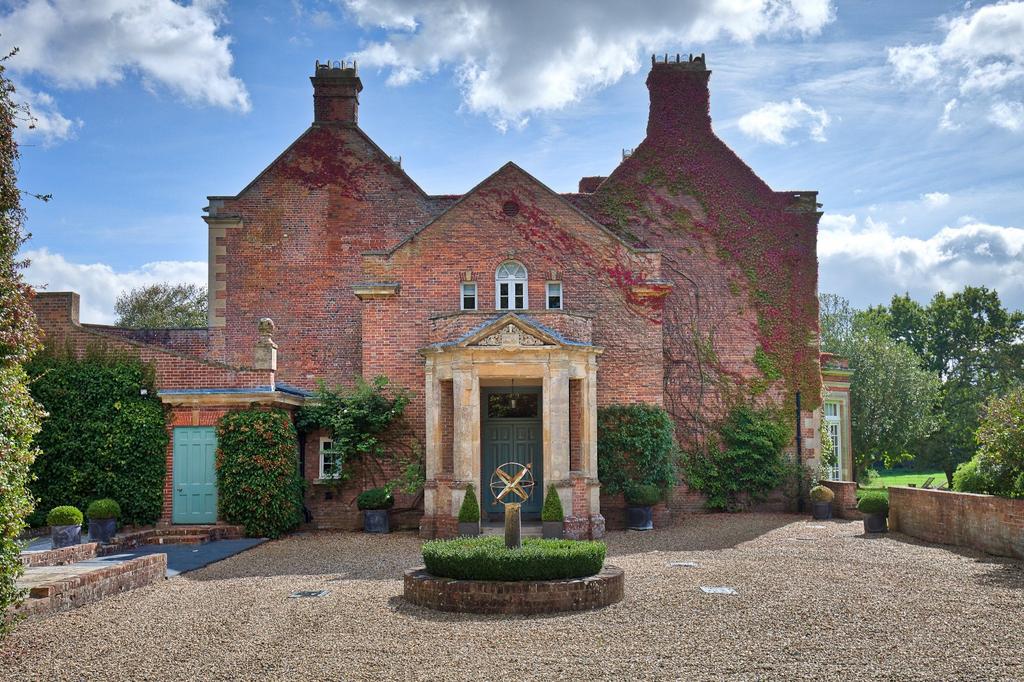
The main house is surrounded by open lawns, which extend into the parkland. Amenities include a walled garden, stables, an outdoor pool and tennis court and, within the gardens, there are some magnificent trees, including chestnut, lime, Wellingtonia, beech, oak and the third-largest Turner’s oak in the country. (We’ve love to know who keeps track of the top five to be able to report such things.)
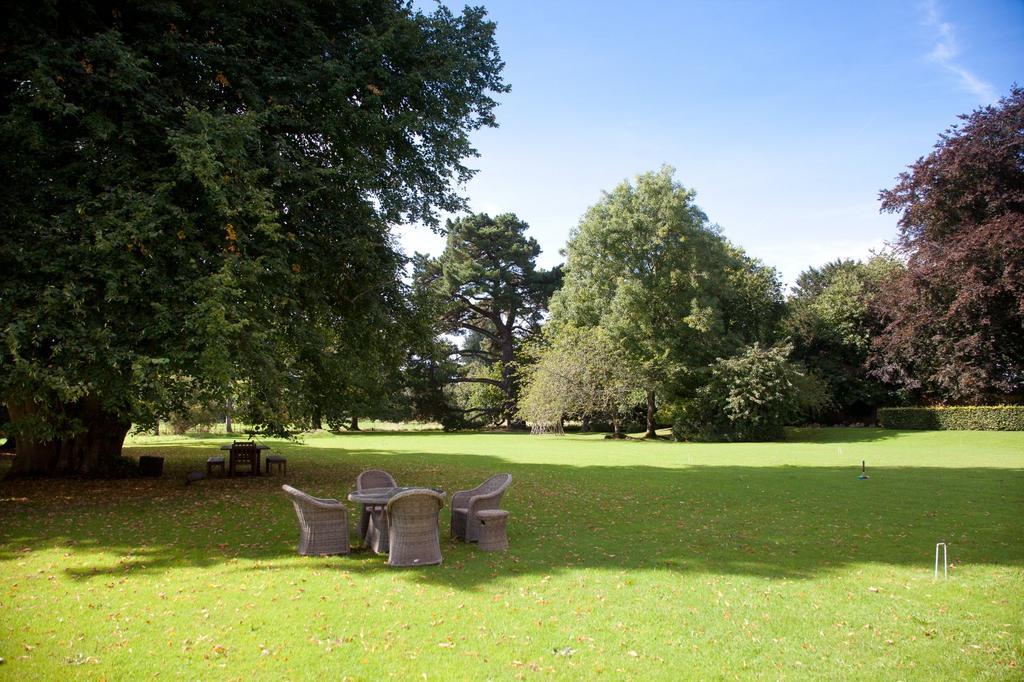
Only a handful of high-profile owners have possessed Chalcot House since Henry Phipps, a prosperous clothier, began buying property in Westbury towards the end of the 16th century; his sons, Henry and Nicholas, became lords of the manor of Westbury Mauduits in 1585.
According to the Victoria County History, ‘the Phipps family ‘continued to accumulate lands and manors until, by the end of the 19th century, they were among the area’s largest landowners, occupying two of Westbury’s largest country houses, Chalcot and Leighton House. In 1722, Paul Phipps, who added extensively to the family estates, was still actively engaged in the clothing industry,’ a connection that lasted ‘until the end of the 18th century by which time the Phippses had entered the ranks of the landed gentry’.
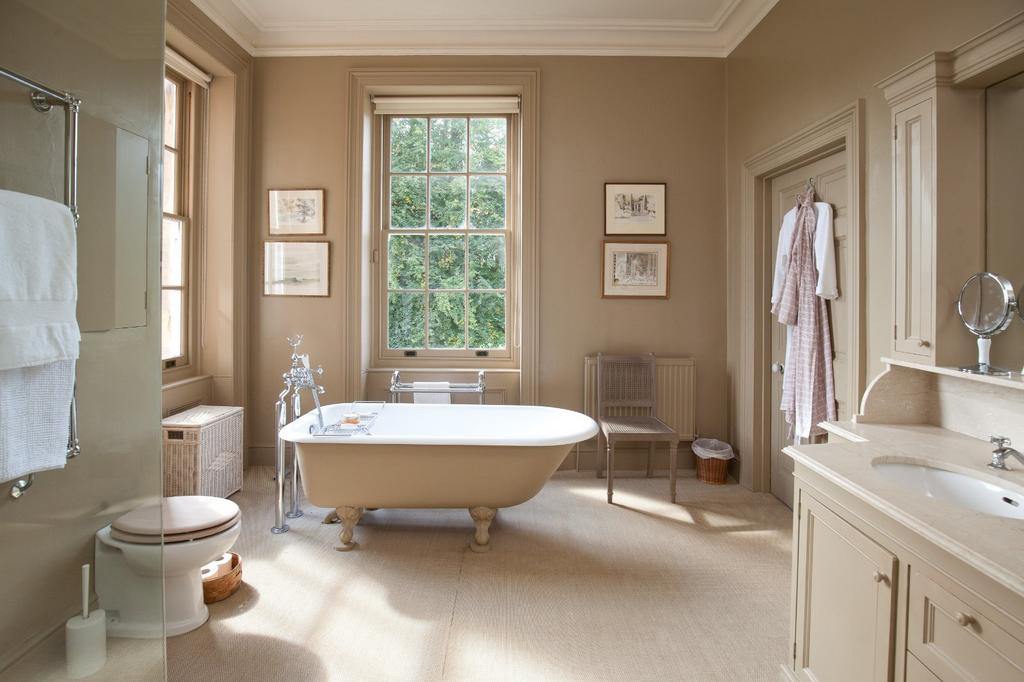
The decline of the clothing industry in the late 1800s led to a similar downturn in the Phipps family’s fortunes. In 1837, the enterprising Charles Paul Phipps set sail for Rio de Janeiro, where he and his brother, John Lewis, acquired a Brazilian coffee business, which eventually became one of the country’s largest coffee exporters.
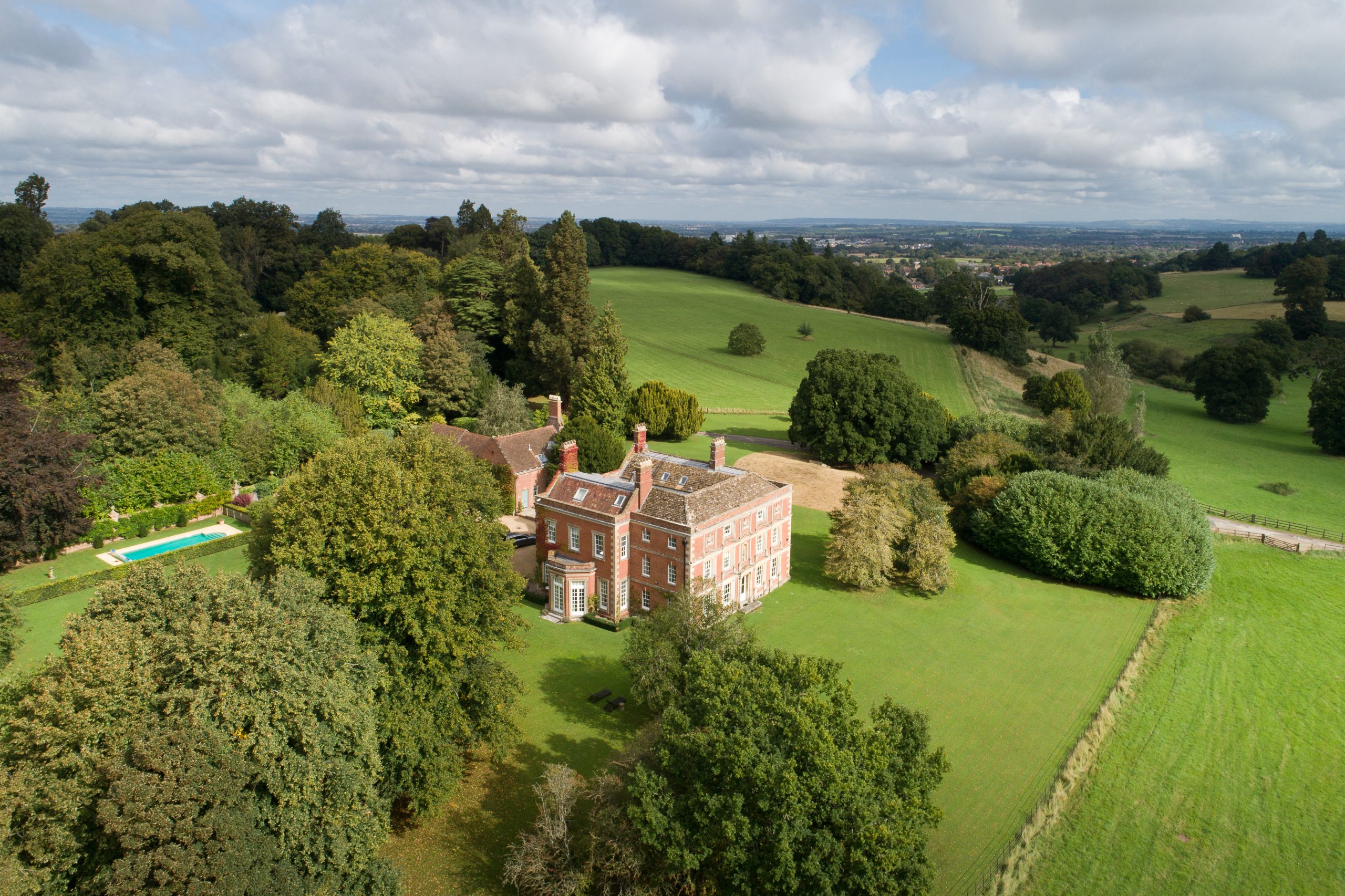
With the arrival of the railways in 1848, prosperity returned to Westbury and a wealthy Charles Paul returned to live at Chalcot House. The first member of the Phipps family to be styled ‘of Chalcot and Dilton Court’, he was elected Conservative MP for Westbury in 1869 and appointed High Sheriff of Wiltshire in 1875.
The Phipps family connection ended in the early 1970s when Chalcot House, by then in disrepair, was acquired by corporate financier Tony Rudd, who embarked on a major refurbishment programme led by Theo Crosby of the London-based Pentagram Design Partnership. This included the demolition of the rambling 1870s service wing and the remodelling of the striking three-storey south front to create the present ornate entrance with its Doric, Ionic and Corinthian pilasters, heraldic arms of the Phipps family and central gabled wing, described by Pevsner as ‘unusually animated’.
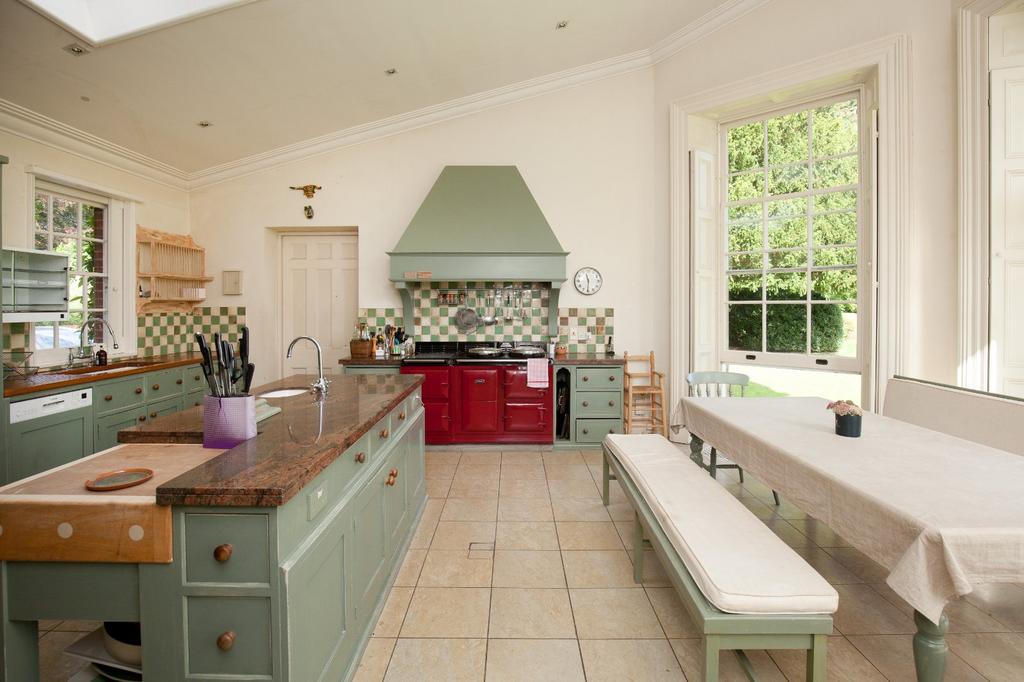
According to Rudd’s obituary in The Times (June 11, 2017) the stylish refurbishment was completed shortly before the 1974 financial crash, by which time ‘the cellar was well stocked and Chalcot made a highly convivial family home for son, Roland, and daughters Amber, Amanda and Melissa’.
Chalcot House is for sale via Strutt & Parker at £8 million — see more details and pictures.
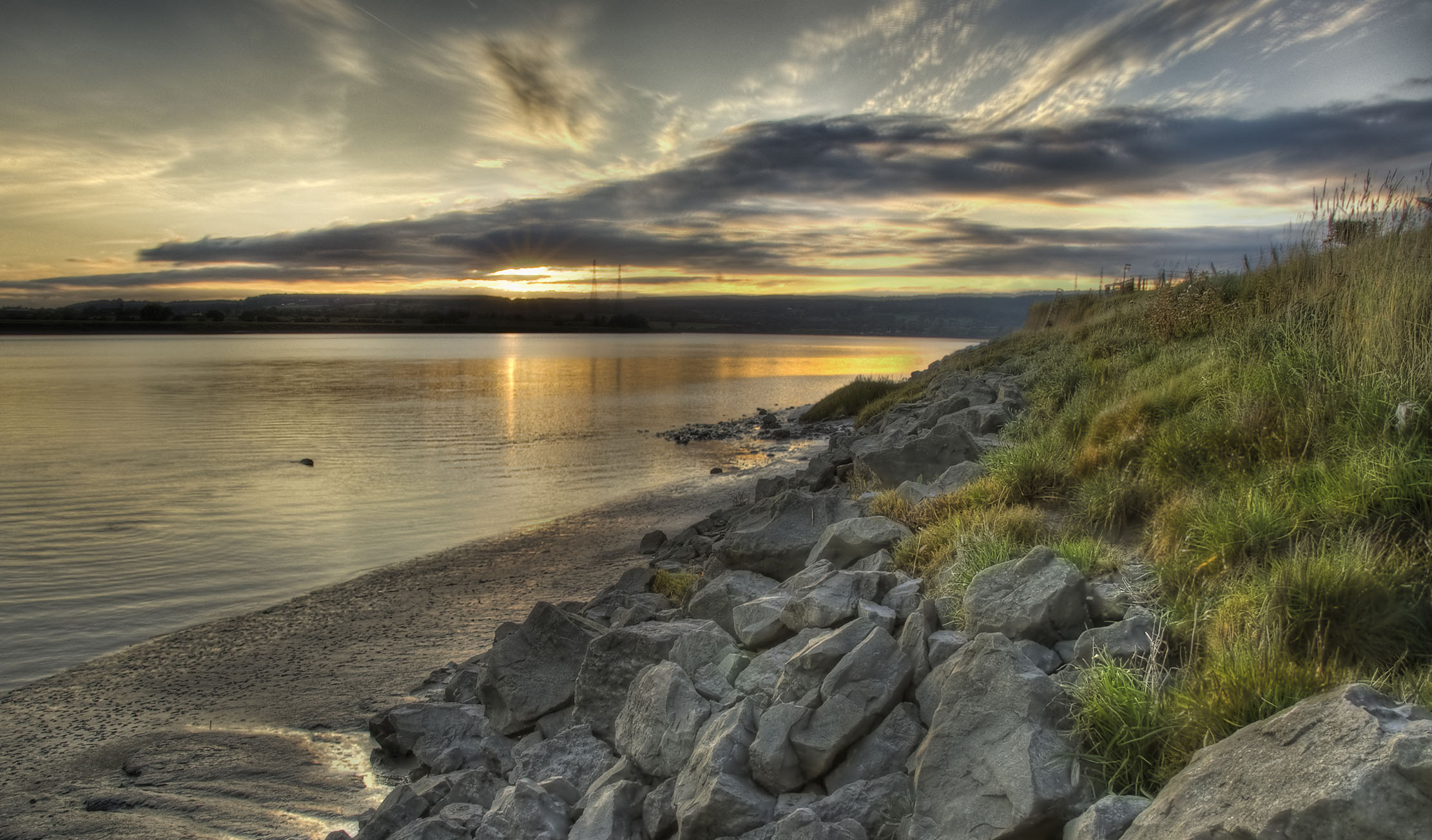
Fiona Reynolds: 'The day wears to a close, satisfied by a long walk and new discoveries close to home'
Fiona Reynolds recounts a pre-lockdown tale of a walk along the banks of the River Frome to where it meets
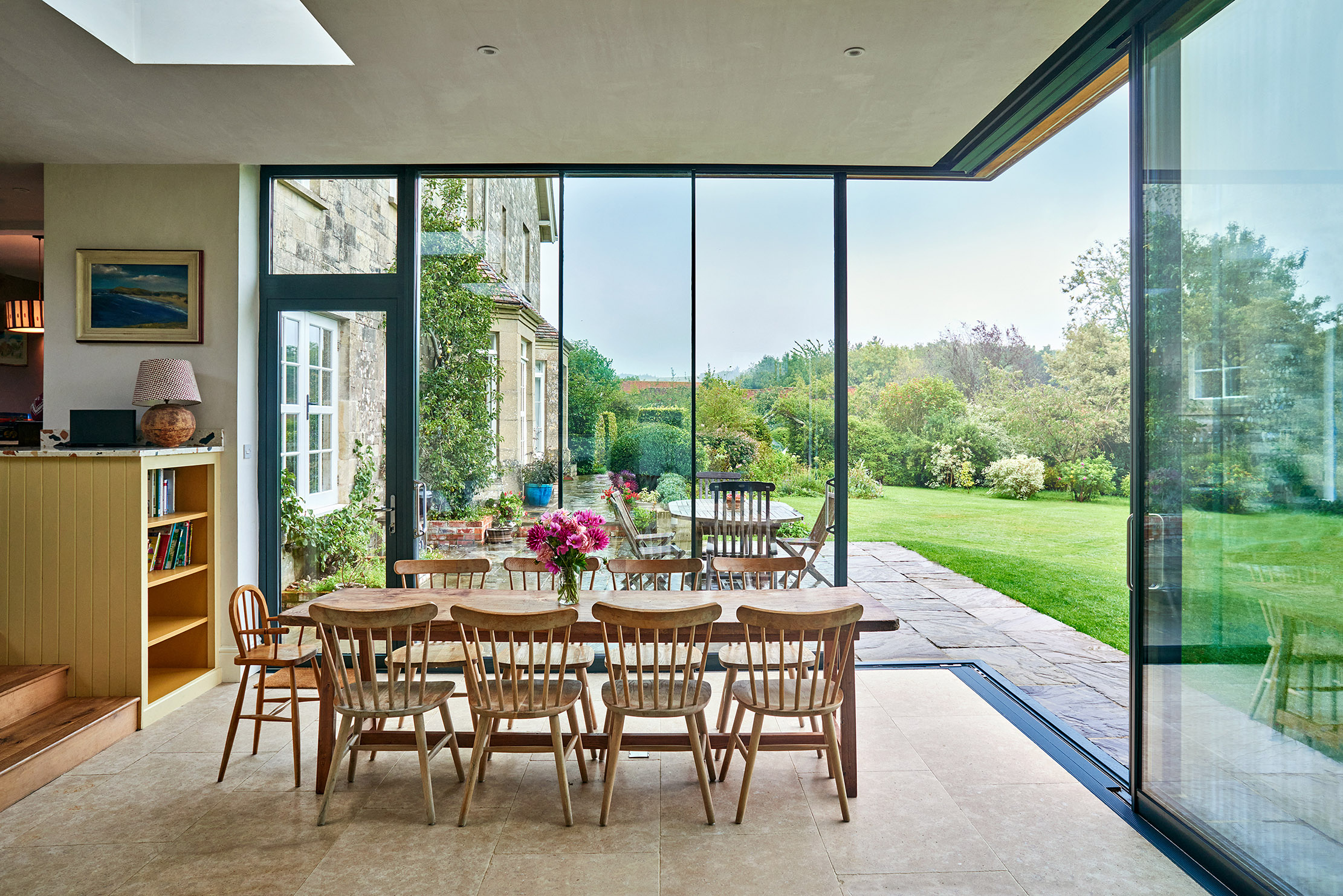
How to add a garden room to make the most of a beautiful old house with a magnificent outlook
Architect John Comparelli has created a contemporary garden room to make the most of its pleasing outlook. Amelia Thorpe finds

Credit: Strutt and Parker
Best country houses for sale this week
An irresistible West Country cottage and a magnificent Cumbrian country house make our pick of the finest country houses for
-
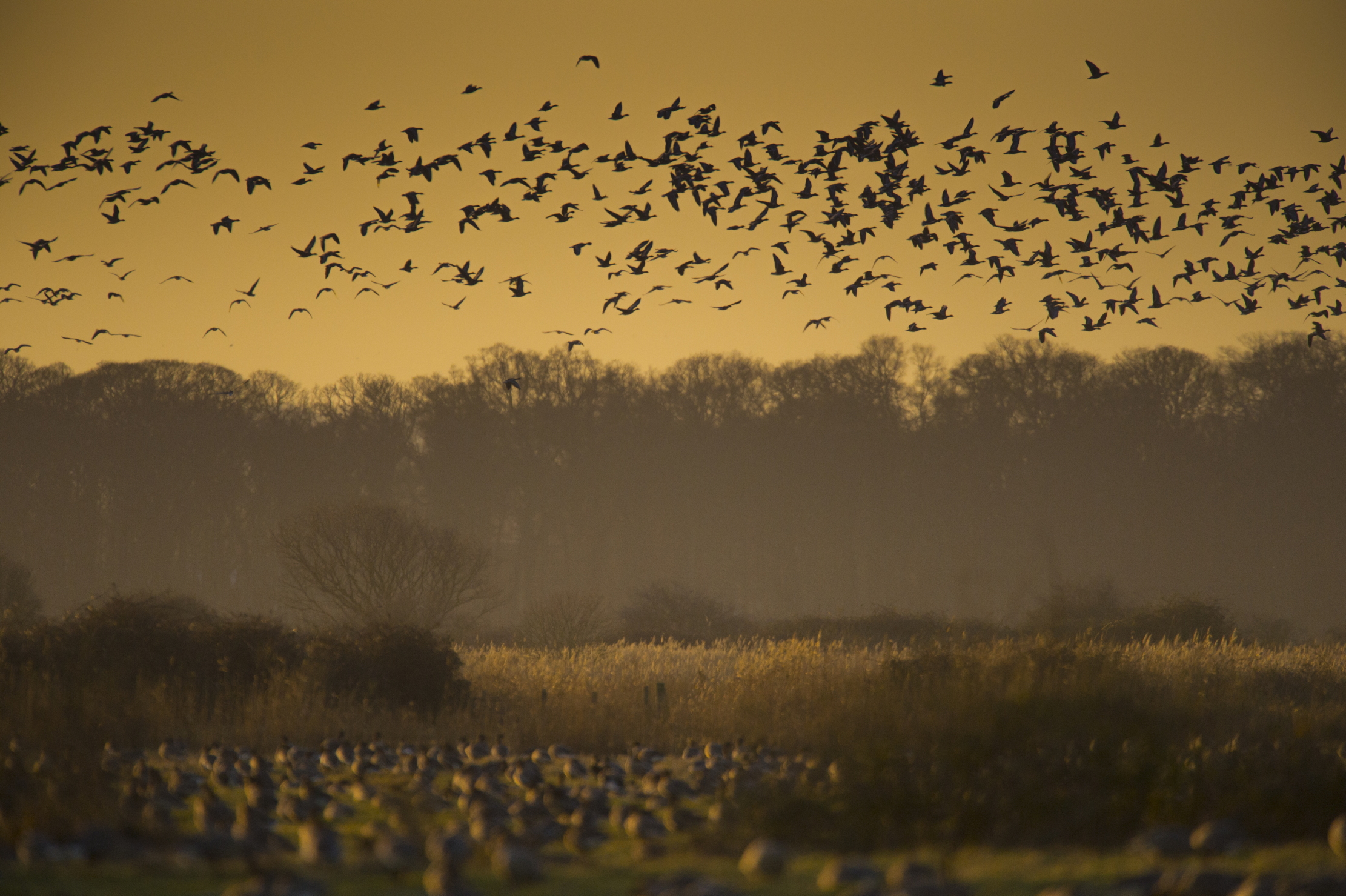 How an app can make you fall in love with nature, with Melissa Harrison
How an app can make you fall in love with nature, with Melissa HarrisonThe novelist, children's author and nature writer Melissa Harrison joins the podcast to talk about her love of the natural world and her new app, Encounter.
By James Fisher Published
-
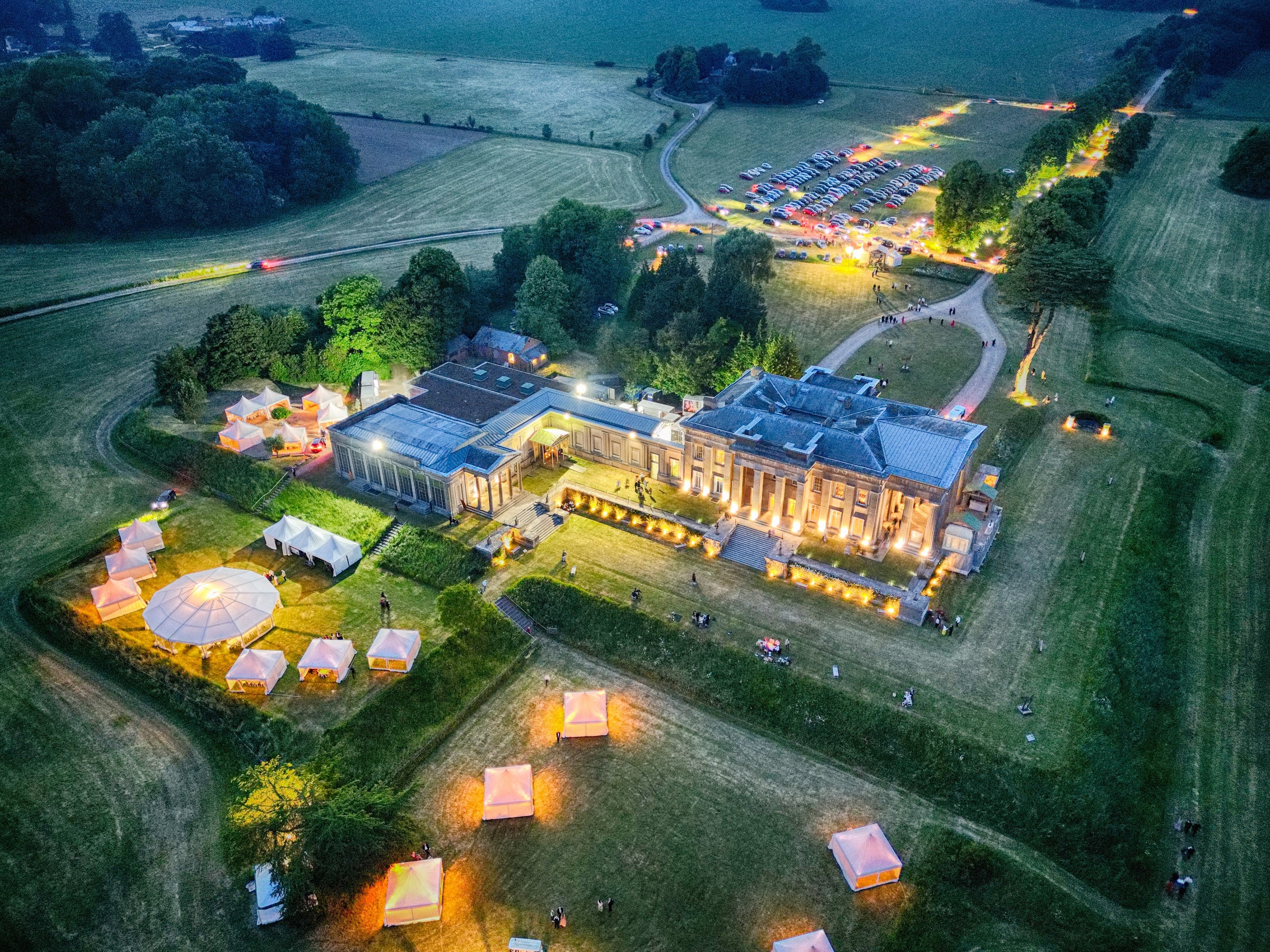 'There is nothing like it on this side of Arcadia': Hampshire's Grange Festival is making radical changes ahead of the 2025 country-house opera season
'There is nothing like it on this side of Arcadia': Hampshire's Grange Festival is making radical changes ahead of the 2025 country-house opera seasonBy Annunciata Elwes Published
-
 Welcome to the modern party barn, where disco balls are 'non-negotiable'
Welcome to the modern party barn, where disco balls are 'non-negotiable'A party barn is the ultimate good-time utopia, devoid of the toil of a home gym or the practicalities of a home office. Modern efforts are a world away from the draughty, hay-bales-and-a-hi-fi set-up of yesteryear.
By Annabel Dixon Published
-
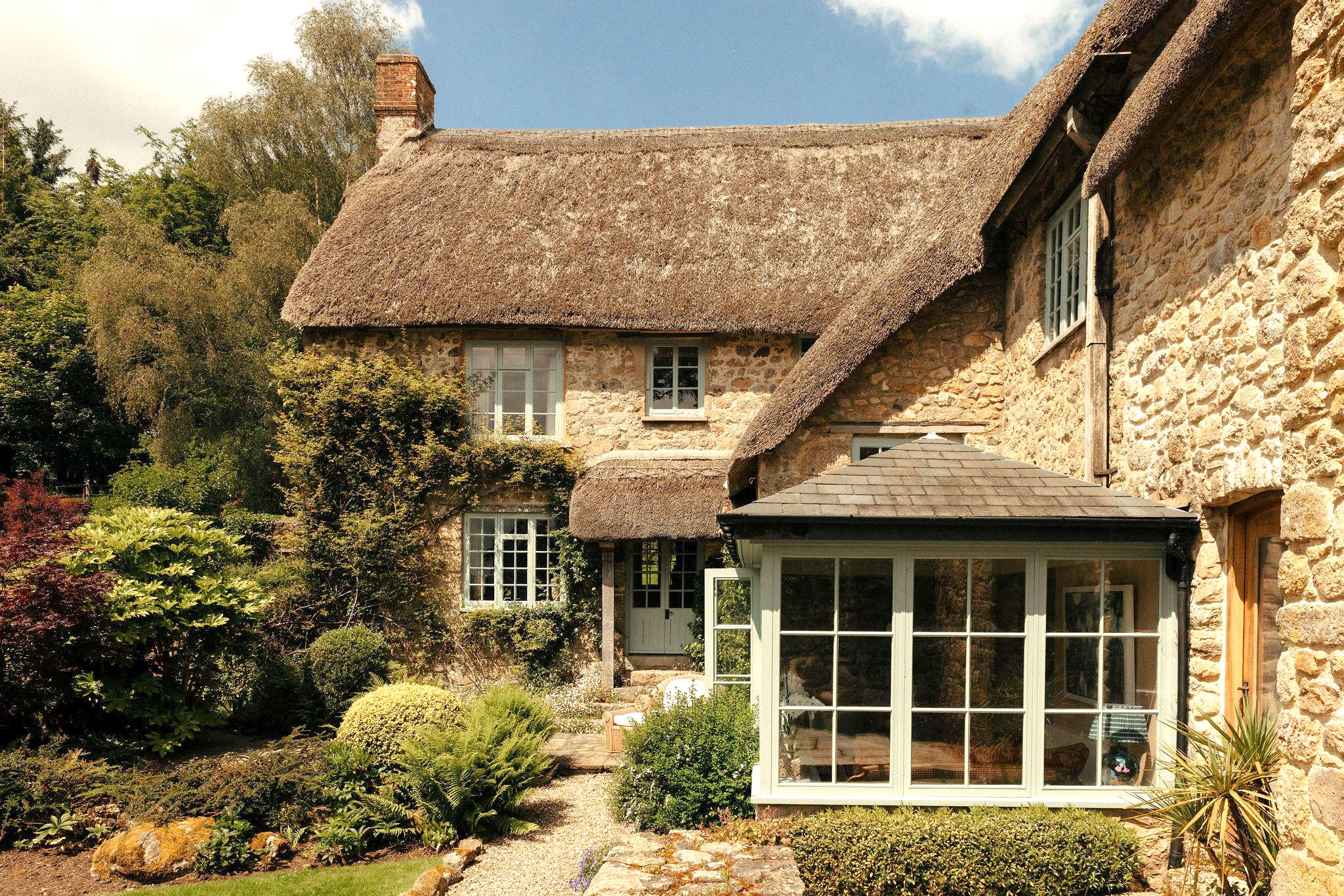 Five beautiful homes, from a barn conversion to an island treasure, as seen in Country Life
Five beautiful homes, from a barn conversion to an island treasure, as seen in Country LifeOur pick of the best homes to come to the market via Country Life in recent days include a wonderful thatched home in Devon and a charming red-brick house with gardens that run down to the water's edge.
By Toby Keel Published
-
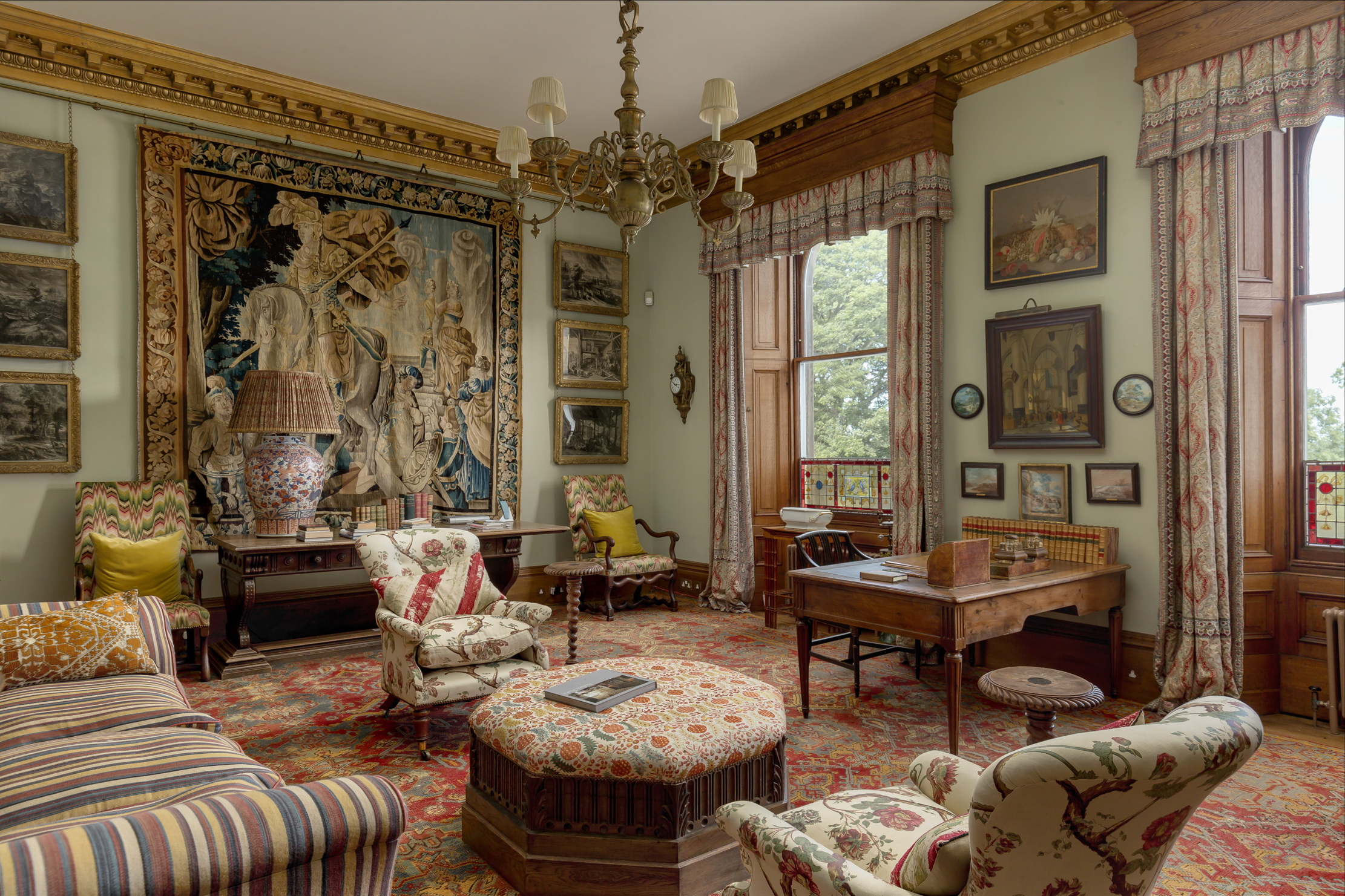 The finest interiors in Edinburgh? A seven-bedroom townhouse furnished by Robert Kime comes to market
The finest interiors in Edinburgh? A seven-bedroom townhouse furnished by Robert Kime comes to marketSituated on one of the New Town's grandest terraces, this four-storey property is a collector's dream.
By James Fisher Published
-
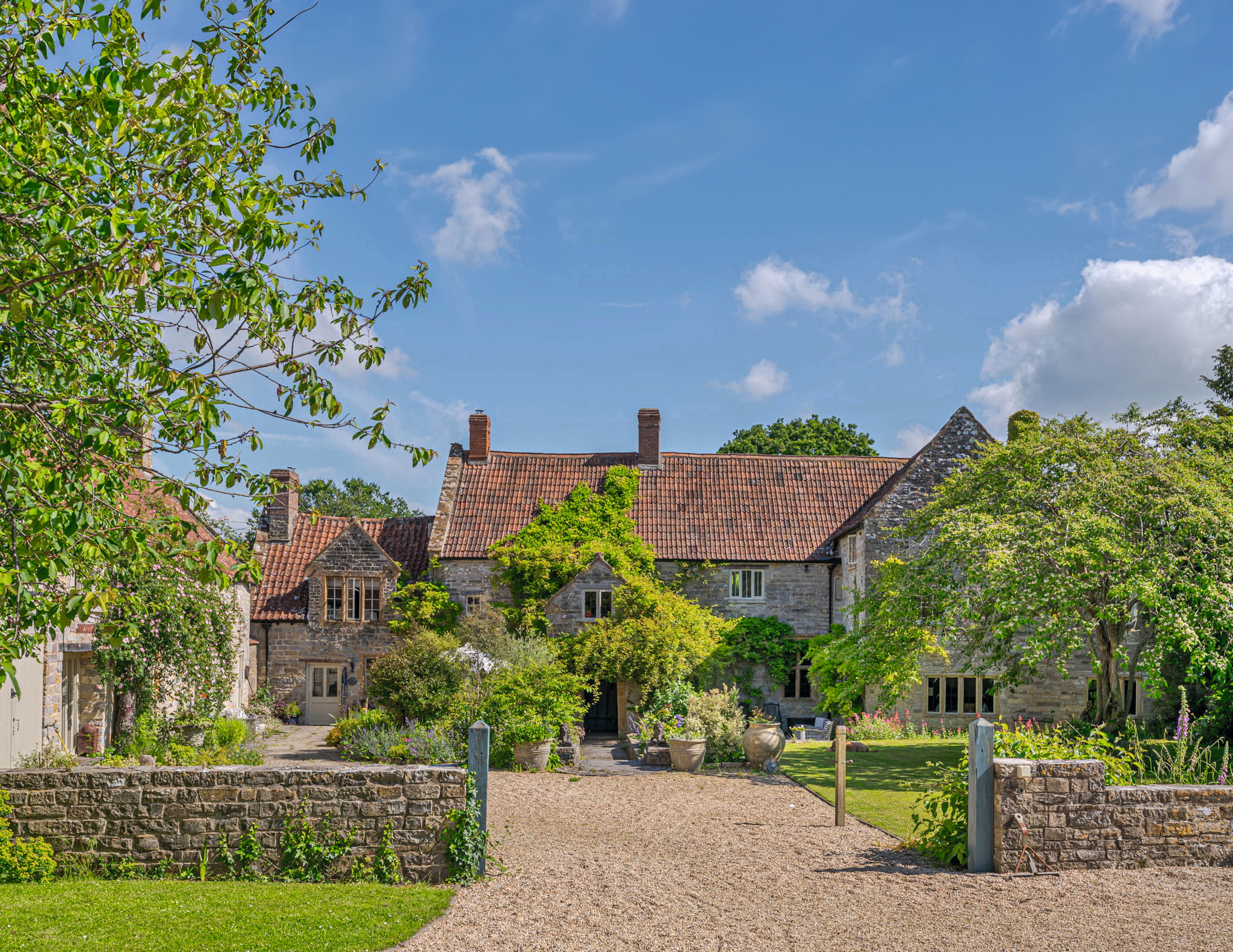 A Grade II*-listed country manor with one of the most beautiful drawing rooms in England
A Grade II*-listed country manor with one of the most beautiful drawing rooms in EnglandIf Old Manor Farm in Somerset is good enough for Pevsner, it's good enough for you.
By Penny Churchill Published
-
 An eight-bedroom home in Surrey where an army of robots will look after your lawns
An eight-bedroom home in Surrey where an army of robots will look after your lawnsDo not fear the bladed guardians of Monksfield House. They are here to help.
By James Fisher Published
-
 A French castle for sale on the banks of the Dordogne? With a swimming pool? Where do we sign?
A French castle for sale on the banks of the Dordogne? With a swimming pool? Where do we sign?This chateau in Lalinde is nothing short of a historical delight in the south of France. And it comes fully furnished.
By James Fisher Last updated
-
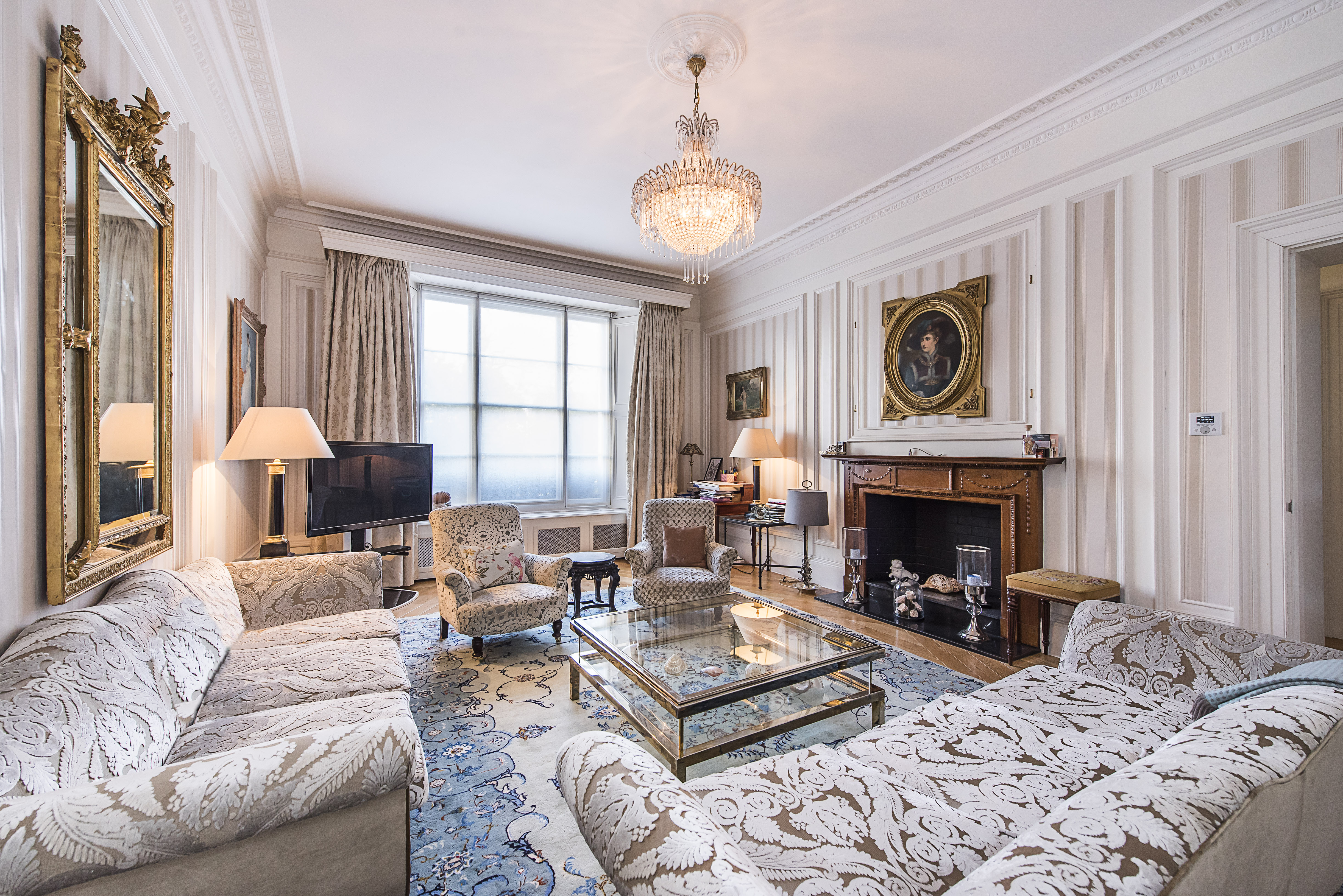 Sip your morning tea where Churchill once paced, as his former Pimlico home comes up for sale
Sip your morning tea where Churchill once paced, as his former Pimlico home comes up for saleThe five-bedroom flat in Eccleston Square offers ‘historical gravitas and modern comfort’ in a leafy pocket of London.
By Annabel Dixon Published
-
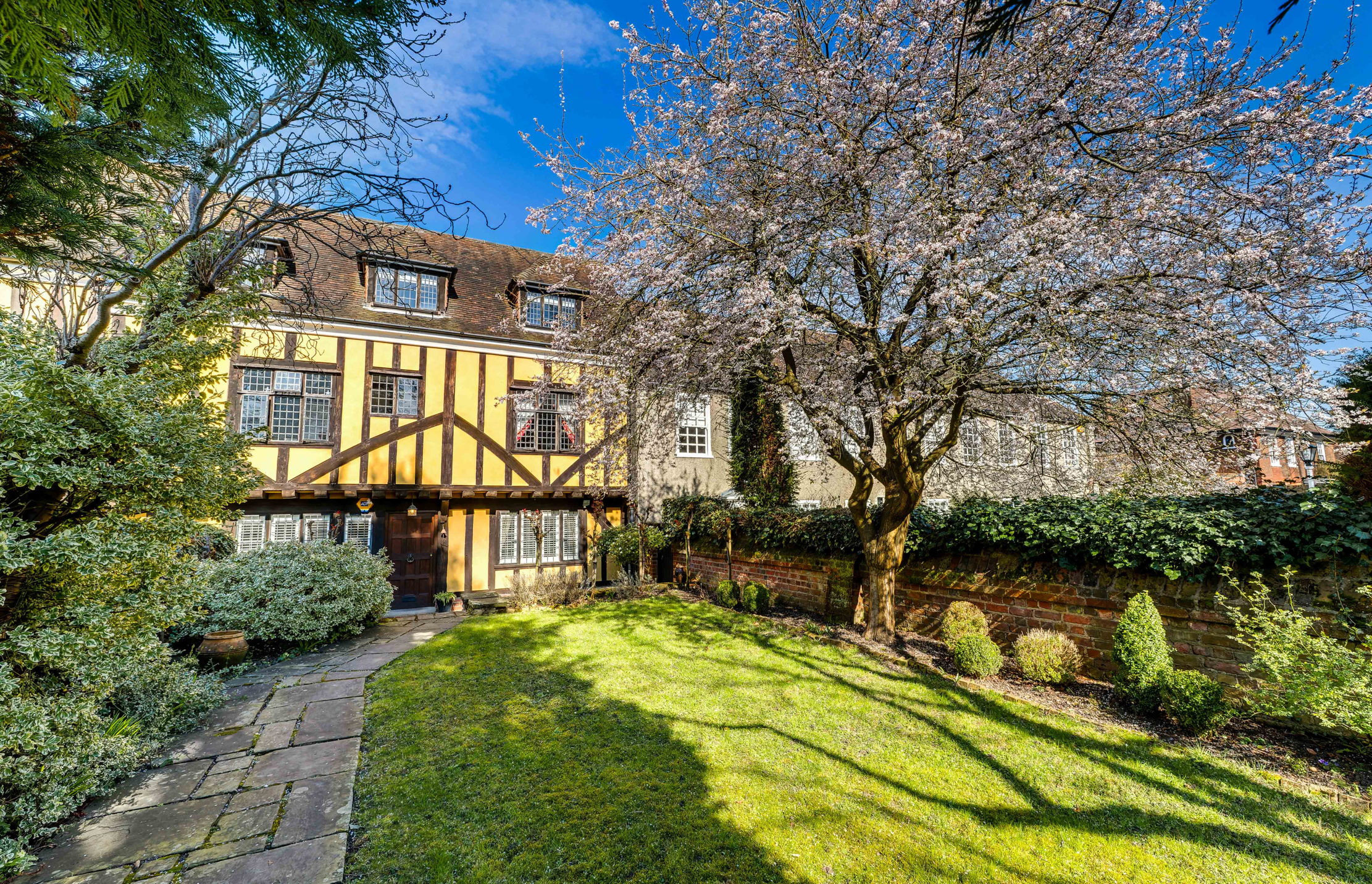 Live a life of Tudor fancy in this five-bedroom London home with links to Cardinal Wolsey and Henry VIII
Live a life of Tudor fancy in this five-bedroom London home with links to Cardinal Wolsey and Henry VIIIFans of Wolf Hall rejoice, as a rare chance to own a Tudor home inside the M25 comes to market.
By James Fisher Published
